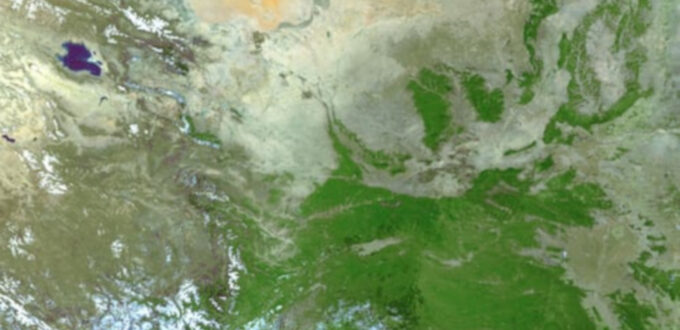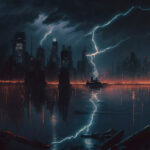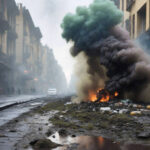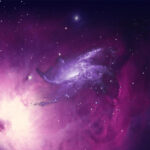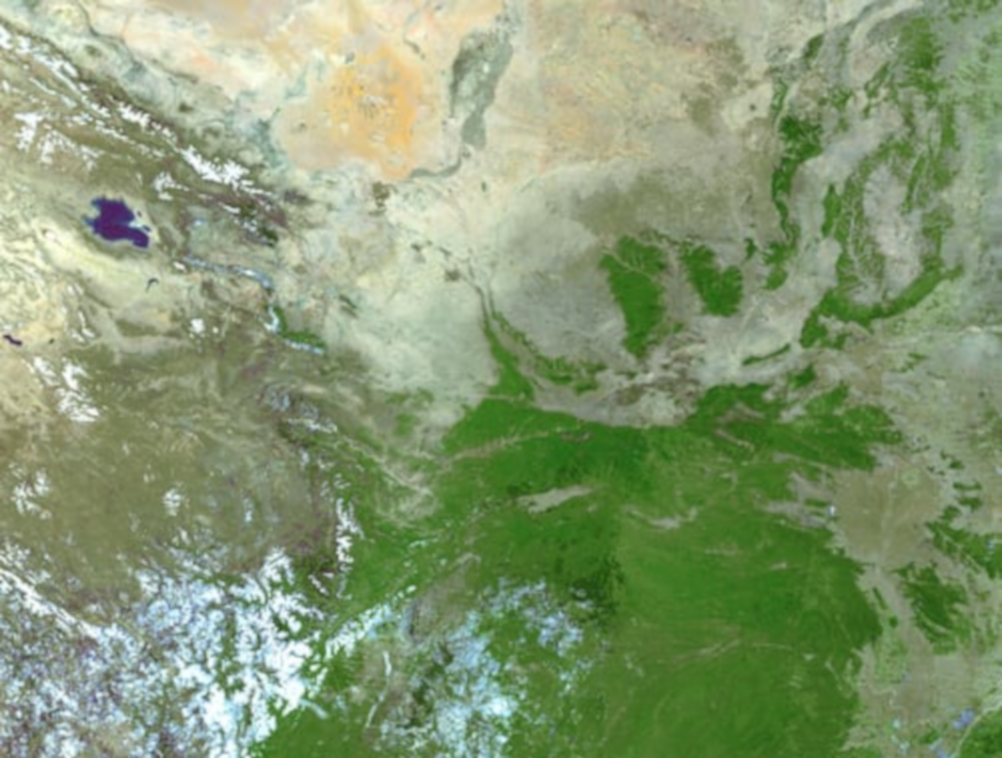
South Australian organisations are taking to the air to quickly survey the fire damage to help researchers, farmers and wildlife.
The aerial relief is covering everything from 3D mapping the fire-effected area with LIDAR technology to dropping food to wildlife that lost its habitat in the blazes.
Adelaide-based Airborne Research Australia is creating free 3D high-resolution maps of fire damage in the Adelaide Hills and Kangaroo Island to help communities recover and reduce future fire risks.
Backed by Internode founder Simon Hackett’s philanthropic foundation, ARA collects data for the high-resolution maps from low, slow flights by crewed motorgliders equipped with LIDAR, hyperspectral sensors and high-resolution RGB cameras.
ARA then renders this mapping data in three dimensions (3D) and animates it as flythroughs to simplify viewing.
ARA founder and Chief Scientist Jorg Hacker, who is also Professor Emeritus at Flinders University in Adelaide, South Australia, said this high-resolution mapping data would help plan for community recovery and future fire prevention.
“In many cases, remote sensing data taken from fire-affected areas disappears into a black hole, so the general public either never sees it or sees only a down-sampled low-resolution version,” he said.
“We want to make all this data available to the public – the affected public especially – to help them recover their landscape, especially the natural landscape.
“For example, Kangaroo Island has some very deep gullies which the fires may have ‘jumped’ over, so the natural habitats may remain intact in these gullies.”
Professor Hacker said the LIDAR sensors can map in unprecedented detail landscape and forest features that are not visible with standard aerial photography or satellite data or from the ground.
“Our combination of LIDAR and hyperspectral sensors provides centimetre resolution detail. This lets us both detect the location of such habitats and the state and structure of the undergrowth with LIDAR and even the state of health of the surviving vegetation with hyperspectral scanning,” he said.
“We also want to make this data freely available to people in the research community so they can study it and use it to obtain insights that will help communities better prepare against fires and to assist fire defenders to plan their strategies against these unprecedented fire events.”
Taken January 27, 2020, this image is from near Western River in the north-west corner of Kangaroo Island. Brown indicates burnt areas, mainly in native eucalyptus forest and the black stumps leftover in burnt parts of the pine forest. Visible green areas show un-burnt or partially unburnt areas.
A three-metre-wide vertical cross-section along the yellow line in photo above. Trees are displayed above the elevation profile (top graph) and as height above ground (bottom graph). The resolution of the pointcloud is so good that one can easily recognise even partly burnt trees.
ARA flew its first fire flights over the Adelaide Hills in mid-January and its first two Kangaroo Island flights last week, focussing on the Ravine des Casoars Wilderness Protection Area.
Kangaroo Island will also be targeted this week by the South Australian government as it coordinates food drops to feed wildlife that are vulnerable and starving after the recent bushfires.
Kangaroo Island is Australia’s third largest offshore island and renowned globally for its diverse and pristine flora and fauna. The recent fires there peaked on January 4 across a 612km perimeter and burnt 211,000ha – almost half of the island – mainly at its western end.
South Australian Minister for Environment and Water David Speirs said 200 kilograms of kangaroo pellets were being delivered by a National Parks and Wildlife Service SA aeroplane for the first time this week.
“Unfortunately, the devastating bushfires have seen significant losses of wildlife and the destruction of vast amounts of habitat on Kangaroo Island,” said Speirs.
“With the fire now contained we have moved as fast as we can to safely help our vulnerable and starving wildlife that have survived and today we are delivering our first aerial food drop.
“The food drops are targeted at native animals and are being carried out carefully to avoid unintended outcomes such as providing extra feed for feral species.”
According to the Kangaroo Island newspaper The Islander, the pilots and aircraft had designated drop areas on the southwest corner of the Island and would be flying as low as 500 feet to drop the pellets through a special funnel in the side of the Cessna.
Land-based food drops on Kangaroo Island are being coordinated with RSPCA for the next three months with more aerial drops done as needed.
Speirs said further assessments are required to understand exactly how many wildlife have been affected.
“While it’s going to take time to establish a full picture of the damage, we believe a significant number of Kangaroo Island’s koalas have perished, and considerable areas of Glossy Black Cockatoo habitat, have been destroyed. We are also very concerned for the future of the Kangaroo Island Dunnart – one of the species thought to be most at risk, due to habitat loss,” Speirs said.
The South Australian government has established a dedicated Wildlife and Habitat Recovery Taskforce as well as a Wildlife Recovery Fund.
“South Australia has an immense task ahead and the Wildlife and Habitat Recovery Taskforce will be working closely with state agencies and NGOs on coordination of the immediate recovery efforts,” Speirs said.
“The Wildlife Recovery Fund is a collaborative project between the State Government and Nature Foundation SA to assist with raising money for recovery and restoration.”
Professor Hacker said that although the ARA maps had so far concentrated on nature conservation areas, the maps also were of use to farmers and grapegrowers.
“In the Adelaide Hills flights so far, which include burnt areas west of Woodside and Lobethal, plus some nature conservation areas, such as the Lobethal Bushland Park and the Porter Scrub Conservation Park, we were primarily interested in the natural environment,” Hacker said.
“But there is overlap with other properties, so we have a lot of hi-res images of plant health and structure of the grapes by coincidence. You can see where vineyards and houses have burnt and where they haven’t. This provides valuable data for boundless research.”
Source: The Lead South Australia

